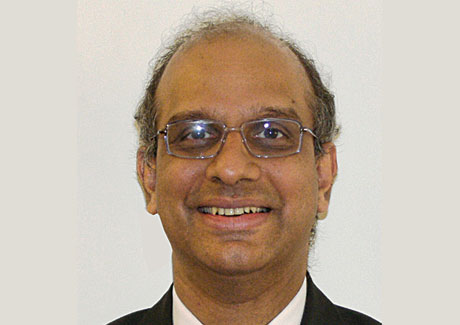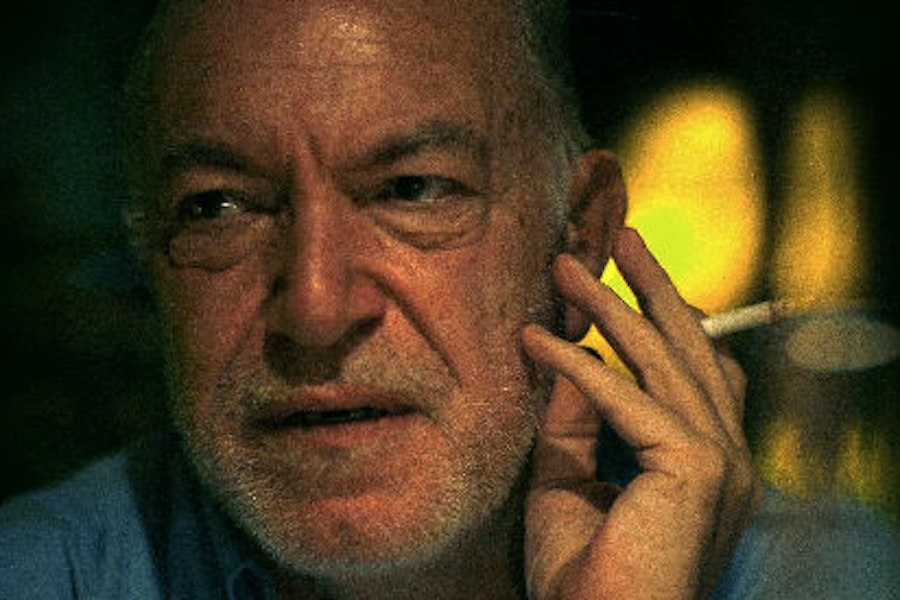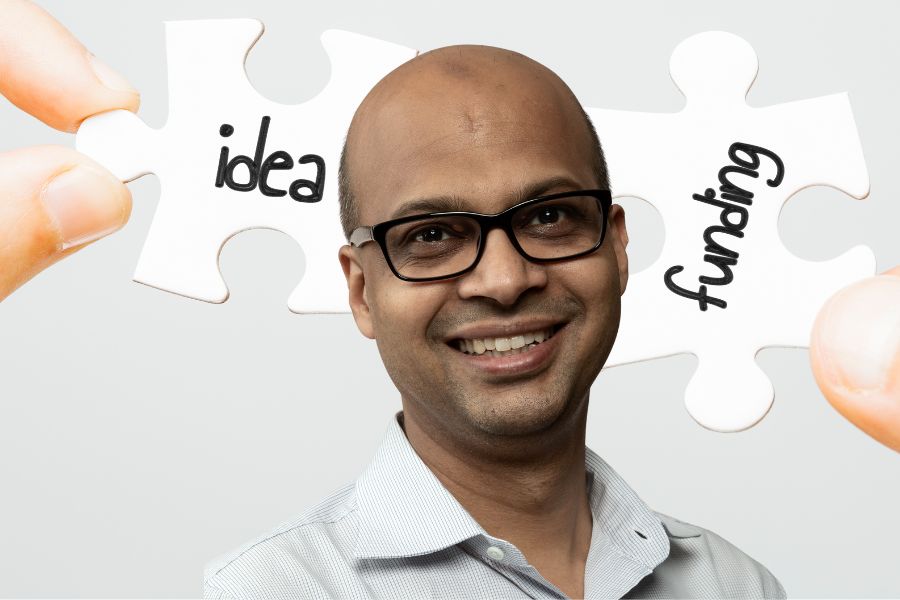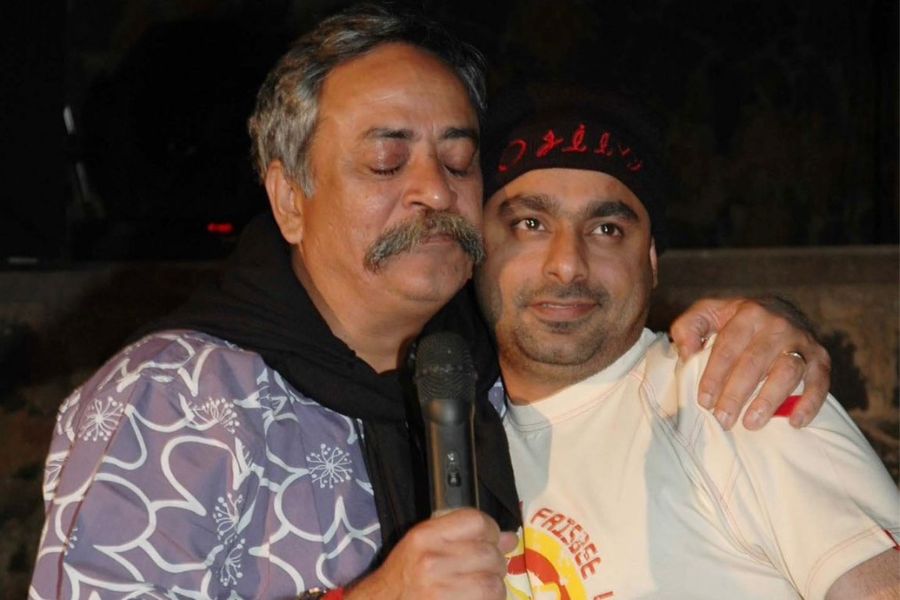Goafest and Abby are around the corner. And we are sure to again have discussions and controversies. Scam ads. Ads made for awards. Ads done by large agencies for small, never before heard of clients. Ads premiered on the day of the awards night. Ads that challenge eyesight and open up opportunities to have a ‘guess the client or brand’ contest. (If a cricket committee was running the show, they would have seen an opportunity to get an optician or ophthalmologist sponsor for that part of the event including ground activation). And then arguments and discussions around whether the judging protocol was fair and whether the judges appointed was fair and this can go on and on. Finally, is the Grand Prix bigger or is the number of metals more important? Any competition raises such questions.
We need to appreciate and understand that the perfect judging protocol is a fantasy…just like the perfect brief. It never exists. If we want to believe examination procedures we are exposed to from childhood or recruitment interviews that happen in organizations are perfect, we are living in illusion. And in a country like India, given the ‘jugad’ culture any system will be beaten.Think of all the ‘Kunjis’ (guideline question booklets) that float around for examinations. Read them and you can beat the system. And no group can evolve the perfect framework for any evaluation. I remember at the Institute when students questioned the selection criteria, set down by the faculty, for a particular course. The concerned professor gathered all interested students into a room, post dinner, and shut the door. He then quite dramatically tore off the list of students selected by him and asked the group of, I remember 120, to either give him an agreed list of 70 students or an agreed criteria. The only clause- every one of the 120 had to agree with it. Only then would the room be opened. We spent over 4 hours discussing and many times the only solution that emerged acceptable to everyone was the faculty decision.Out came a photocopied list of students and again it got torn when students rejected it. Finally post mid-night everyone agreed the faculty list was the best possible solution! So, the only requirement is trust…a belief that a body, administering it, is doing its best to get the best and then move on. Winners will humbly ‘gloat’, losers will whine. How many cricket teams that lose ‘badly’ today don’t blame umpires or pitches or injuries as excuses? And this when, often,most competitions make little difference as there are so many today- cricket is more like a soap opera- Kricket with a K!
Should we have competitive awards then? Well, creative juices flow best in competitive scenarios. With all its deficiencies, competition does push people psychologically further.There is no denying that. And it does add excitement to the show. It’s much like watching the premiere show of a Rajnikanth movie. The movie is as much a joy as seeing fans reacting to it.(I know of many Rajnikanth aficionados who travel to Tamil Nadu to watch the ‘first day, first show’ there only for the double bonanza!). The energy and exhilaration is worth going through the discussions and controversies. I’d like to believe that the administrating bodies comprise representatives of diverse interests and somewhere, like in a typical democracy, a fairness and best practice emerges.
To me, award shows are like fashion shows. The ones in Milan, Paris or Santiago. Much of the clothes on display are unwearable. Just imagine people walking down the streets in many of the collections. They will be viewed as weirdos! Imagine anyone walking down the road as fashion models walk down the ramp strutting their wear. Yet, these fashion shows set the standards of creativity and let mass marketers borrow ideas and adapt them for more practical everyday use. The displays set the benchmarks of how much the human mind can stretch; the new ideas they can generate- and new frontiers that can be explored. They provide the inspiration for what many other amateurs and professionals want to emulate. The temporary fads, the classics and the new emerging trends are all ultimately identified and determined by the market- by the mass marketers and the fashion fans. However, the fodder for this is provided by the creative minds at such shows. Much of this is true about advertising awards. They benchmark where creativity is going- what agencies and clients need to go after. I have seen transformation of clients after they visit Cannes and see the international benchmarks. They often end feeling that we can better them and work more openly with their agencies to generate the next generation of creativity.
The focus for me should be the work. While the awards and winners do give sizzle, appreciation of creativity and discussions around that will always help to raise the overall standards. It’s important to stir debate on where the ideas came from, how they were crafted and what partnerships forged the creation of such work. It will open eyes to the power of collaboration. And the value of cross learning- particularly today in a world that is getting more complex. It will provide a pathway for the younger generation. And provide learning to the older ones on how fresher minds think and generate. Creativity, and definitely advertising, is afield where experience is not necessarily an advantage- there is much that both age groups can learn from each other.
While agencies and creative honchos will continue to be driven by the medal tally and results and that debate has its own value; it’s important not to lose sight of the fact that such ceremonies are actually a celebration of the work as much as the creators. We, as a community, need to focus a bit more on the work and talk more about it. Enjoy the work and learn from it. And this applies to not only the agencies but also clients and the media involved in it and excited by it.
Something worth thinking about.
Views expressed are personal. madhukar.sabnavis@ogilvy.com




